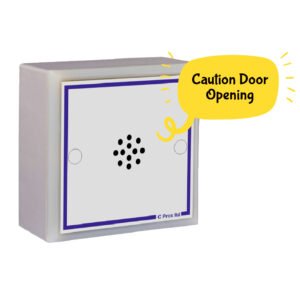Power Supply with PCB WCPCBPSU
Power Supply with PCB for Disabled Toilet Control
12V 3A lockable battery backup box power supply including disabled toilet control PCB (WCPCB).
The WCPCBPSU has been designed for our Disabled Persons Toilet Locking Systems to use with automatic doors.
Battery not included






BEST PRICE
Prices that are hard to beat!
TRADE ENQUIRIES
Set up an online account or contact us for the current trade prices
GUARANTEED
Next-Day Delivery*
Reviews
You Might Also Like
-

Contactless Toilet Door Kit WCKIT-HAND
Contactless Toilet Door Kit Our touch free disabled persons toilet door opener kit, includes sensors, control...
£352.63Excluding Sales Tax | ShippingBUY NOW -

Disabled Persons RADAR Toilet System DGWCRADAR-KIT
Disabled Persons RADAR Toilet System ...
£704.99Excluding Sales Tax | ShippingBUY NOW -

Wireless Touch For Help Square Sensor SQTXHELP-KIT
Wireless Touch For Help Button Touch To Help Square 868MHz wireless sensor with scratch resistant, antimicrobi...
£114.95Excluding Sales Tax | ShippingBUY NOW -

Disabled Toilet System Control Board WCPCB
Disabled Toilet Locking System Control Board PCB board for disabled toilet locking...
£99.48Excluding Sales Tax | ShippingBUY NOW -

MP3 Audio Message Announcer for WC Systems SGMP3-3
MP3 Audio Message Announcer for WC Systems SGMP3-3 MP3 Message Player - A great addition to...
£60.82Excluding Sales Tax | ShippingBUY NOW




